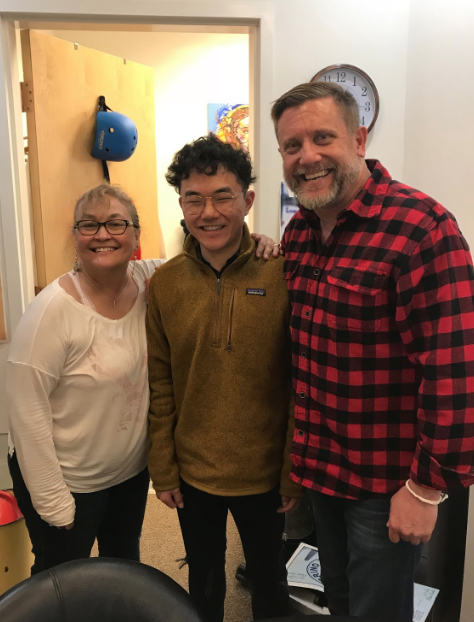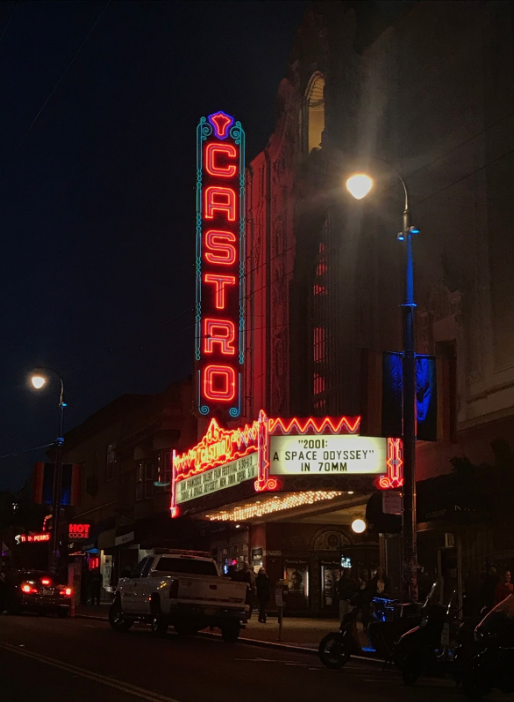This summer I visited San Francisco to seek out “queer” churches to illustrate that queer spaces do exist within a homophobic institution (I will be using the word queer as an umbrella term for the ever-growing LGBTQ+ community). San Francisco was the location for my research project because of its reputation for being the world’s queerest city. In San Francisco, the Castro is the gay mecca. Rainbow crosswalks, rainbow flags, and endless numbers of gay bars paint the neighborhood. The hypervisibility of queerness in the Castro illustrates the enormous numbers of queer individuals that are part of San Francisco.
The Castro Theatre located in the center of Castro, San Francisco
As I explored in my previous post “Church for the People,” the four churches that I engaged with, Metropolitan Community Church, Glide Memorial Church, Mission Bay Community Church, and Grace Cathedral, were able to create a queer ministry by being aware of the queer individuals who were attending their churches. To cater to the needs of their congregations, the four churches adopted theologies, practices, and customs that would welcome queers rather than reject them. A clear example is Metropolitan Community Church, the world’s first queer denominational organization. Founded by Troy Perry on October 6, 1968, Perry founded MCC because he saw a lack of religious space for the gay community around him. After years of being rejected from different churches and theologies, Perry decided to create his church which grew to be 222 congregations in 37 countries with 43,000 members. MCC in San Fransisco carries on Perry’s mission to build a religious community for queers. Pastor Annie Steinberg-Behrman and Michael Cronin explain that MCCSF was the hub for the queer community in the 80s – the 90s as their old building, located in the heart of the Castro, was used as a meeting place for queers, home of queer socials, and an important resource center during the peak of the AIDS epidemic. Now on Polk St., MCCSF is still aware of the people attending their services and are crucial to ministries such as “Gays Against Guns” and the Pride Parade in San Francisco.
 Rev. Annie and Michael Cronin from Metropolitan Community Church of San Francisco
Rev. Annie and Michael Cronin from Metropolitan Community Church of San Francisco
I asked every church I visited if they thought their ministry would be able to exist anywhere else in the country. All said “no.” Jude Harmon from Grace Cathedral believes that geographical location and social location in San Francisco was crucial for Grace Cathedral to become the progressive leader of the Episcopal denomination. Harmon explained how Grace opened its doors to those impacted by the AIDS epidemic, started discussions around same-sex marriage in the early 2000s, and even host events like Drag Mass for Pride Month. It is the people who are attending Grace that shapes the church and its politics. Similarly, in the other churches I visited, I learned that the people of San Francisco built the queer church with the demands for a safe religious space.
Grace Cathedral in San Francisco


